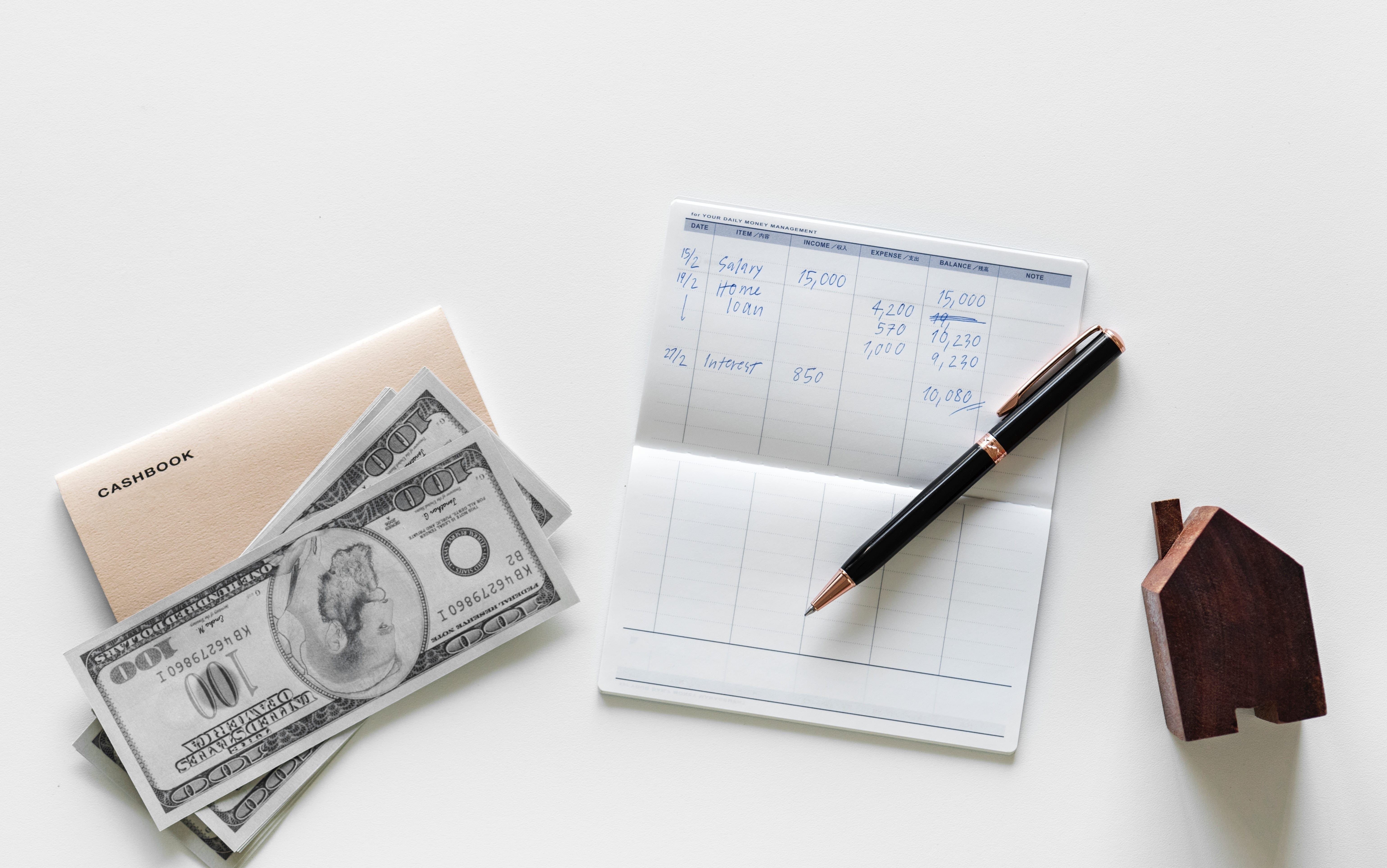If you’re looking to buy or sell a house, one of the first things you’ll want to keep track of is obviously how many days this property has been sitting on the market…
Here’s a scenario I’ve seen and experienced many many times:
1. A seller enters the market priced too high
2. The seller says they want to wait 30-60 days see what kind of action they get
3. Meanwhile, properly priced homes are selling while this waiting game is taking place
4. Additionally, overpriced homes that adjust to the market (by reducing their price) are selling while this seller waits
5. The seller becomes frustrated when their house does not sell
6. The seller fires their agent & hires another one
7. The seller either learns his lesson or tries again
Often times when I’m representing a buyer and they’re interested in making an offer, their first question is “how long has this property been on the market?”— which is one of the best questions you can ask. The ‘Days on Market’ number is something that will immediately allow a buyer to get a sense of this property’s value.
If a house is listed for $400,000 and its been on the market for 5 days and has an offer (or several offers), then we know that this house is priced right. If the same house has been on the market for 45 days, the buyer will often decide the house may not be priced properly…
It is at this point that the buyer will work to figure out what the true value of this house is, and I can assure you the buyer’s new valuation will be far less than the current asking price of $400,000.
Now we have a couple of challenges:
1. The buyer still wants the house, but they’re not sure of the value, so they decide to test the market with an offer of $360,000 (for example).
2. The buyer still wants the house but doesn’t want to offend the seller with a low offer, so decides to not write an offer and instead waits until the seller reduces their price on the market.
3. The buyer decides they no longer want the house, as they think the seller will not want to negotiate.
4. The buyer finds another house at the right price and writes their offer.
Do any of these options result in the seller’s ideal scenario? How much is this actually costing them?
It’s pretty clear that as the Seller’s property continues to sit on the market, the value decreases because the market infers that the true value of this property is much, much lower. There is a buyer for everything if the price is right. The same is true in real estate.
Additionally, the Seller continues to carry the costs of this property while it sits on the market, like insurance, maintenance, mortgage payment and utilities, which aren’t cheap. After a few months, this adds up big-time.
Let’s pretend we know the real value of our subject property is $375,000. In my experience, if a seller enters the market at this price a few things will happen:
1. They’ll likely attract more qualified prospective buyers who are looking in this price range.
2. They’re more likely to receive an offer much faster.
3. That offer is more likely to be closer to their asking price.
At the end of the day by pricing their property correctly to start with, the seller dramatically increases his saleability and decreases his days on market.
Even the example offer of $360,000 doesn’t seem like such a low offer at this new list price, the seller still walks away with decreased property maintenance costs, an extra $15,000 in his pocket and an increased likelihood of getting this offer negotiated upwards.
Written by Keith Faria, Century 21 Masters Agent
Learn more about Edmonton Real Estate here.







